当前位置:网站首页>Learning curve learning_curve function in sklearn
Learning curve learning_curve function in sklearn
2022-08-04 06:04:00 【I'm fine please go away thank you】
I. Operating principle
Learning curve.
Determine the train and test scores for cross-validation for different training set sizes.
The cross-validation generator splits the entire dataset into k times in the train and test data.Subsets of the training set with different sizes will be used to train the estimator, and scores will be computed for each training subset size and test set.Afterwards, for each training subset size, the scores for all k runs are averaged.
Second, function format
sklearn.model_selection.learning_curve(estimator, X, y, groups=None, train_sizes=array([0.1, 0.33, 0.55, 0.78, 1. ]), cv='warn',scoring=None, exploit_incremental_learning=False, n_jobs=None, pre_dispatch='all', verbose=0, shuffle=False, random_state=None, error_score='raise-deprecating')
2.1 Parameters
estimator: The type of object that implements the "fit" and "predict" methods
An object of this type that is cloned for each validation.
X: array class, shape (n_samples, n_features)
training vector, where n_samples is the number of samples and n_features is the number of features.
y: Array class, shape (n_samples) or (n_samples, n_features), optional
Classification or regression relative to the target of X; none for unsupervised learning.
groups: Array class, shape (n_samples,), optional
Label groupings of samples to use when splitting the dataset into train/test sets.Only used to connect cross-validation instance groups (eg GroupKFold).
train_sizes: Array class, shape (n_ticks), dtype float or int
The relative or absolute number of training examples that will be used to generate the learning curve.If dtype is float, it is considered to be part of the maximum size of the training set (determined by the chosen validation method), i.e., it must be within (0, 1], otherwise it will be interpreted as an absolute size Note that for classification,The number of samples must usually be large enough to contain at least one sample in each class (default: np.linspace(0.1, 1.0, 5))
cv:int, cross-validation generator or iterable, optional
Determines the cross-validation split strategy.Possible inputs for cv are:
- None, to use the default three-fold cross-validation (will be changed to five-fold in v0.22)
- Integer specifying the number of folds in a (hierarchical) KFold,
- CV splitter
- Iterable of sets (train, test) split into indexed arrays.
- For integer/no input, if the estimator is a classifier and y is binary or multiclass, use StratifiedKFold.In all other cases, KFold is used.
scoring: string, callable or None, optional, default: None
string (see model evaluation documentation) or scorer callable with signature scorer(estimator, X, y)/function.
exploit_incremental_learning: boolean, optional, default: False
If the estimator supports incremental learning, this parameter will be used to speed up fitting different training set sizes.
n_jobs: int or None, optional (default=None)
Number of jobs to run in parallel.None means 1.-1 means use all processors.See Glossary for more details.
pre_dispatch: integer or string, optional
The number of pre-dispatch jobs to execute in parallel (default is all).This option can reduce allocated memory.The string can be an expression like "2*n_jobs".
verbose: integer, optional
Control verbosity: higher, more messages.
shuffle: boolean, optional
Whether to shuffle the training data before prefixing with ``train_sizes''.
random_state: int, RandomState instance or None, optional (default=None)
If int, random_state is the seed used by the random number generator; otherwise, false.If a RandomState instance, random_state is the random number generator; if None, the random number generator is the RandomState instance used by np.random.Used when shuffle is True.
error_score: 'raise' | 'raise-deprecating' or numeric
The value to assign to the score if there is an error in the estimator fit.If set to "raise", an error will be raised.If set to "raise-deprecating", a FutureWarning will be printed before an error occurs.Raises a FitFailedWarning if a numeric value is given.This parameter does not affect the reinstall step, which will always throw an error.The default is "deprecated", but since version 0.22 it will be changed to np.nan.
2.2 return value
train_sizes_abs: array, shape(n_unique_ticks,), dtype int
The number of training examples that have been used to generate the learning curve.Note that the number of ticks may be less than n_ticks as duplicate entries will be removed.
train_scores: array, shape (n_ticks, n_cv_folds)
Training set scores.
test_scores: array, shape (n_ticks, n_cv_folds)
Test set scores.
Original link: https://blog.csdn.net/gracejpw/article/details/102370364
边栏推荐
猜你喜欢
k3s-轻量级Kubernetes
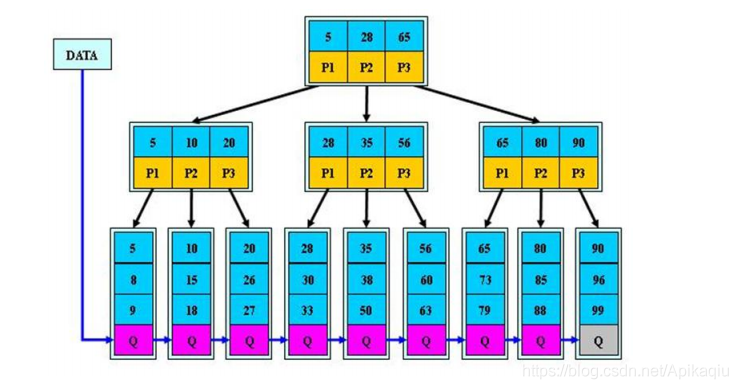
(十五)B-Tree树(B-树)与B+树
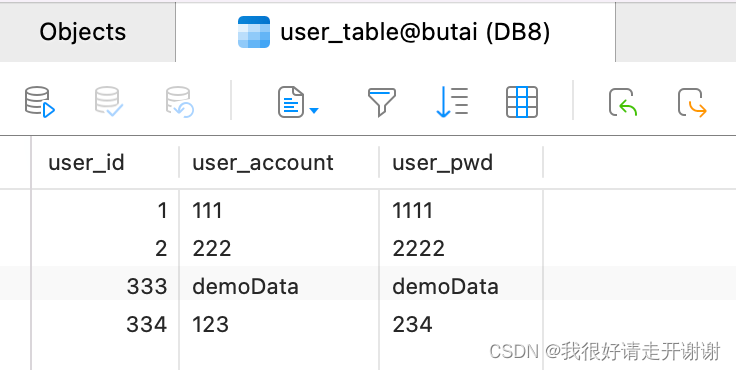
安卓连接mysql数据库,使用okhttp
Kubernetes基本入门-概念介绍(一)
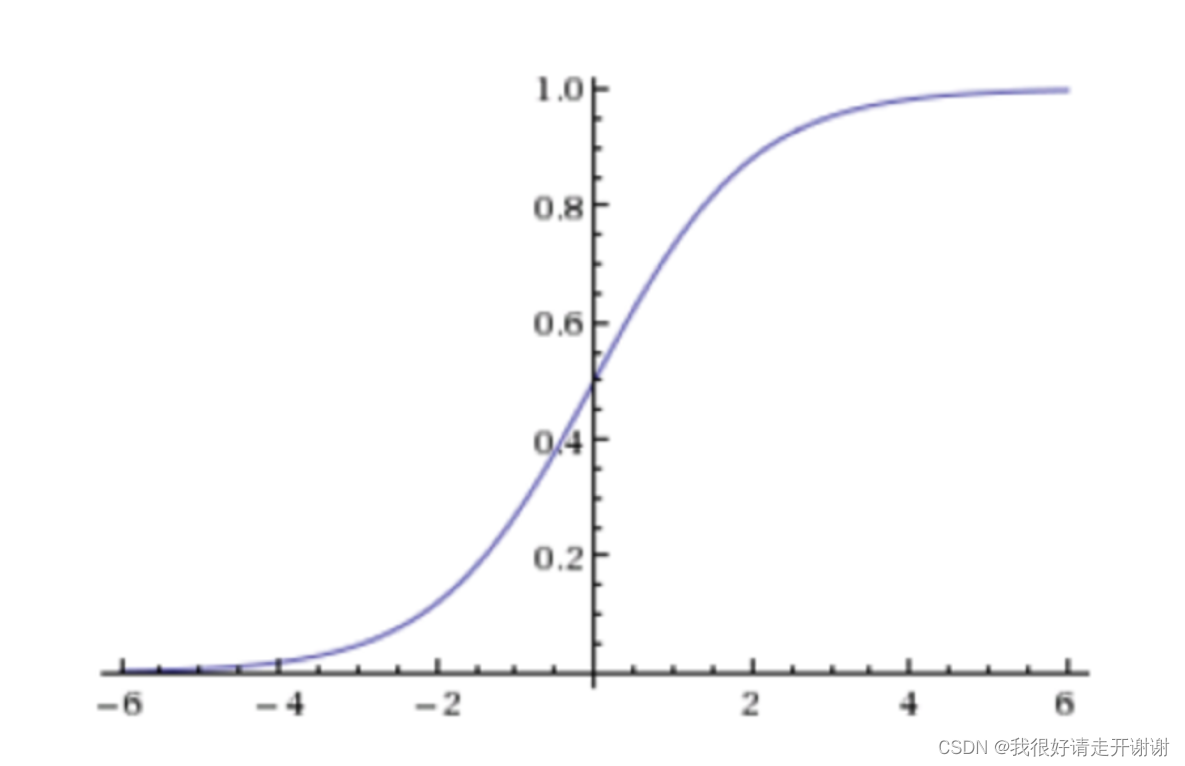
Logistic Regression --- Introduction, API Introduction, Case: Cancer Classification Prediction, Classification Evaluation, and ROC Curve and AUC Metrics
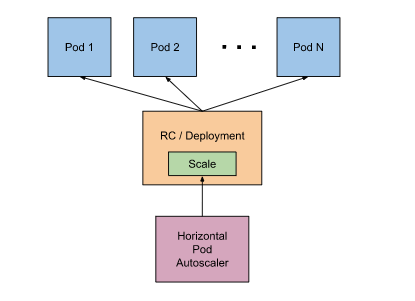
Kubernetes基本入门-元数据资源(四)

【深度学习21天学习挑战赛】3、使用自制数据集——卷积神经网络(CNN)天气识别
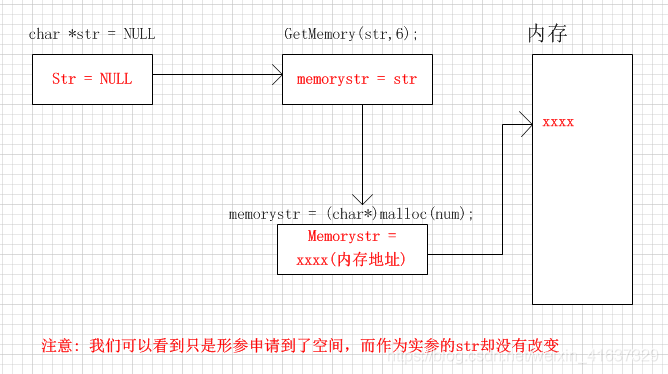
双重指针的使用
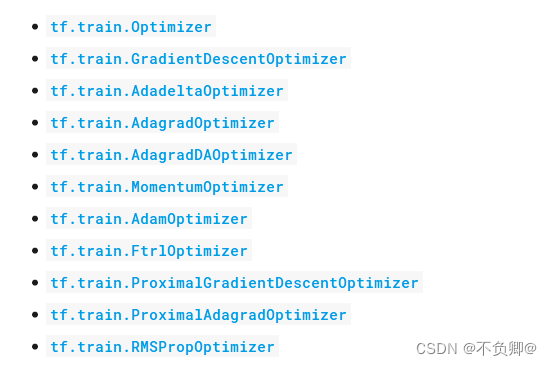
TensorFlow2学习笔记:7、优化器
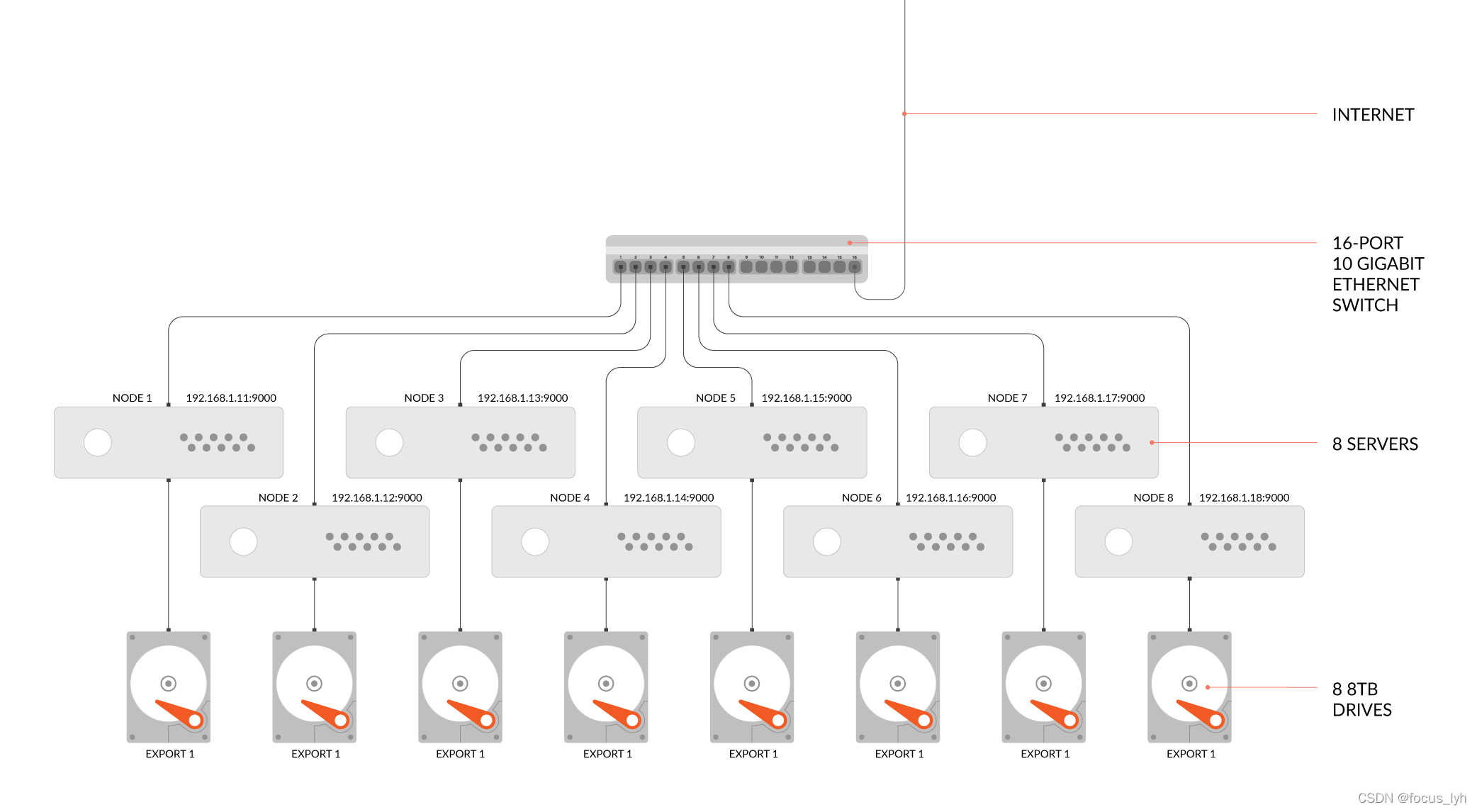
对象存储-分布式文件系统-MinIO-2:服务端部署
随机推荐
win云服务器搭建个人博客失败记录(wordpress,wamp)
yolov3中数据读入(一)
oracle临时表与pg临时表的区别
关系型数据库-MySQL:约束管理、索引管理、键管理语句
TensorFlow2 study notes: 4. The first neural network model, iris classification
ISCC2021———MISC部分复现(练武)
(五)栈及其应用
记一次flink程序优化
属性动画的用法 以及ButterKnife的用法
ThinkPHP5.0.x 反序列化分析
(十一)树--堆排序
NFT市场可二开开源系统
【深度学习21天学习挑战赛】0、搭建学习环境
(十)树的基础部分(一)
智能合约安全——溢出漏洞
sql中group by的用法
thymeleaf中 th:href使用笔记
ISCC-2022
自动化运维工具Ansible(6)Jinja2模板
MySQL事务详解(事务隔离级别、实现、MVCC、幻读问题)

